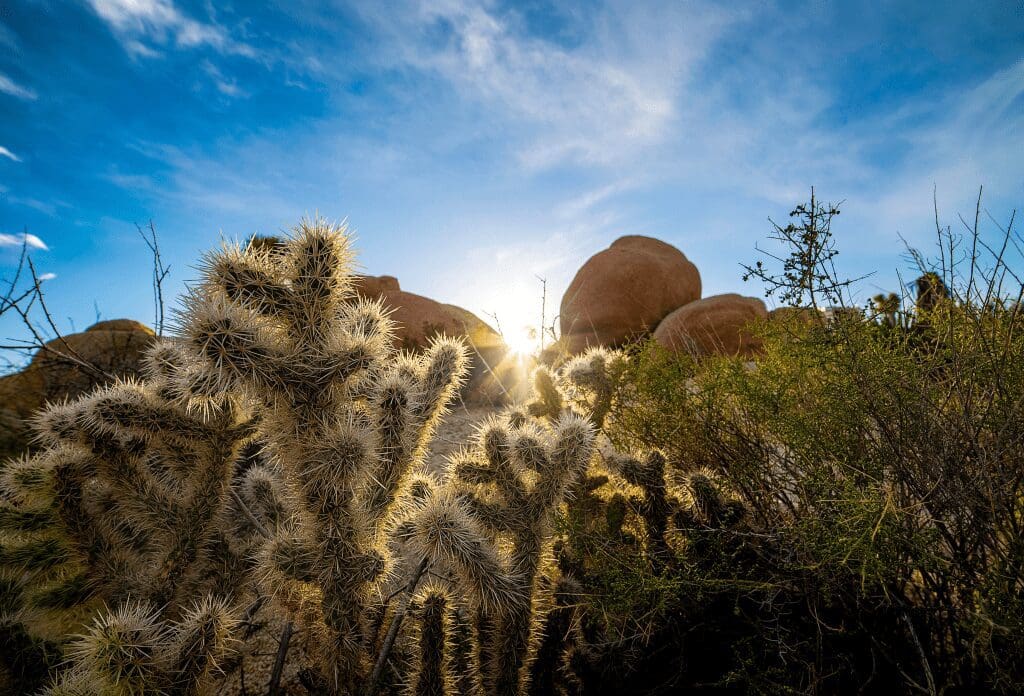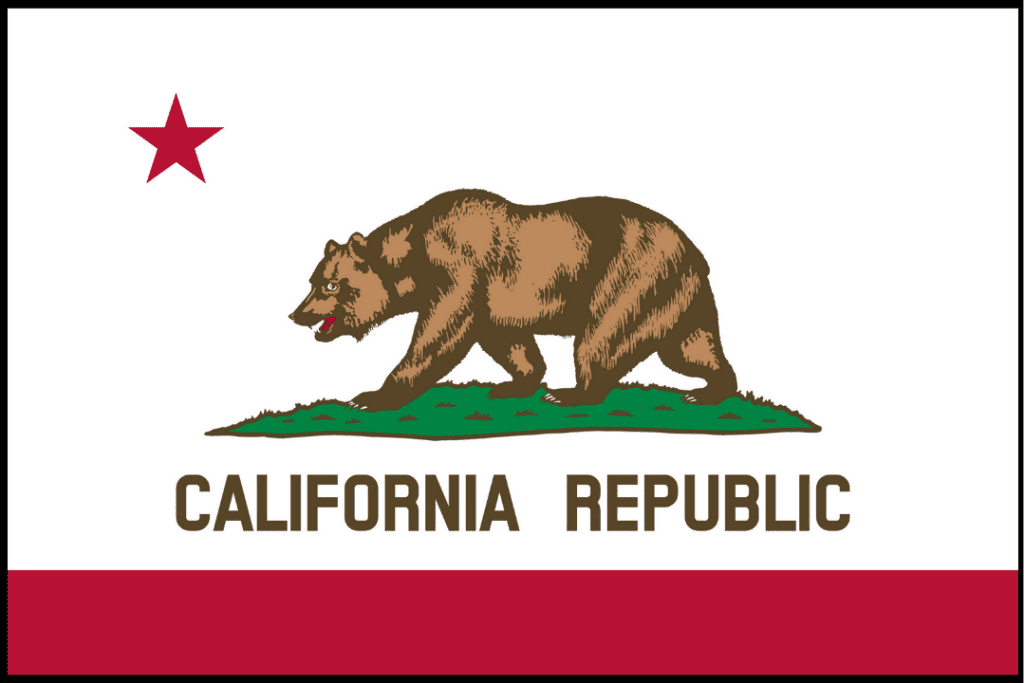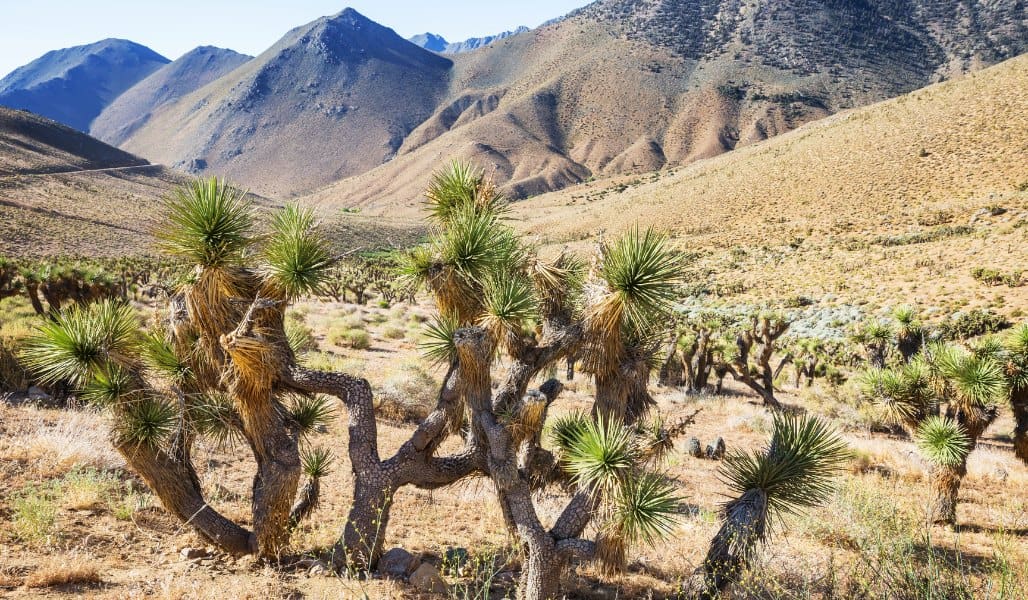
JOSHUA TREE
California
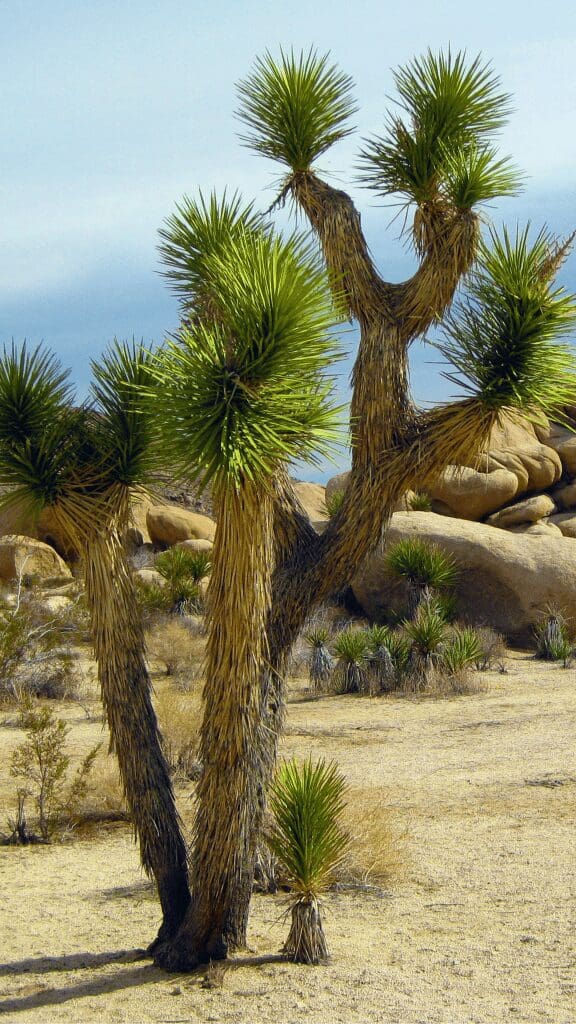
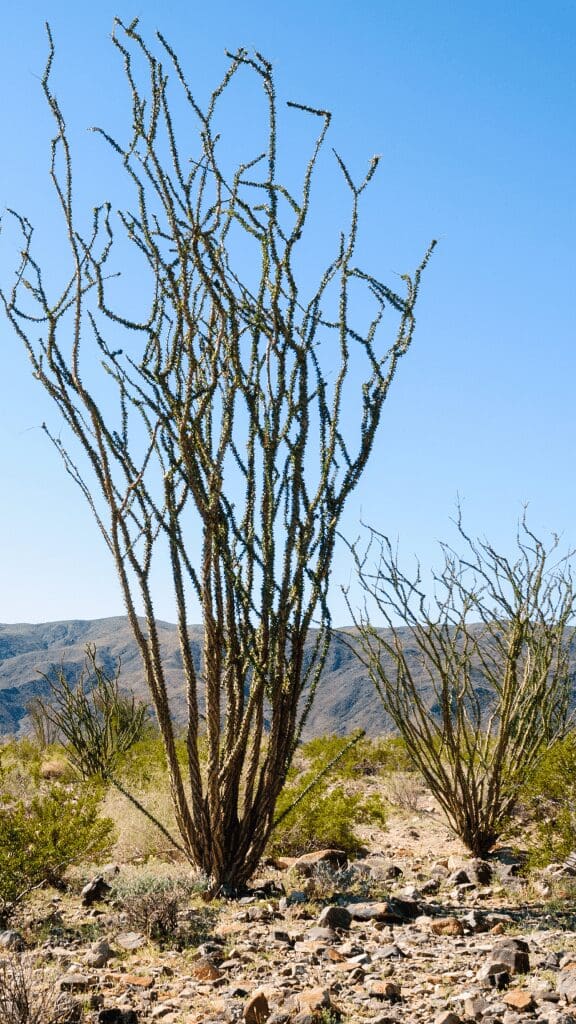
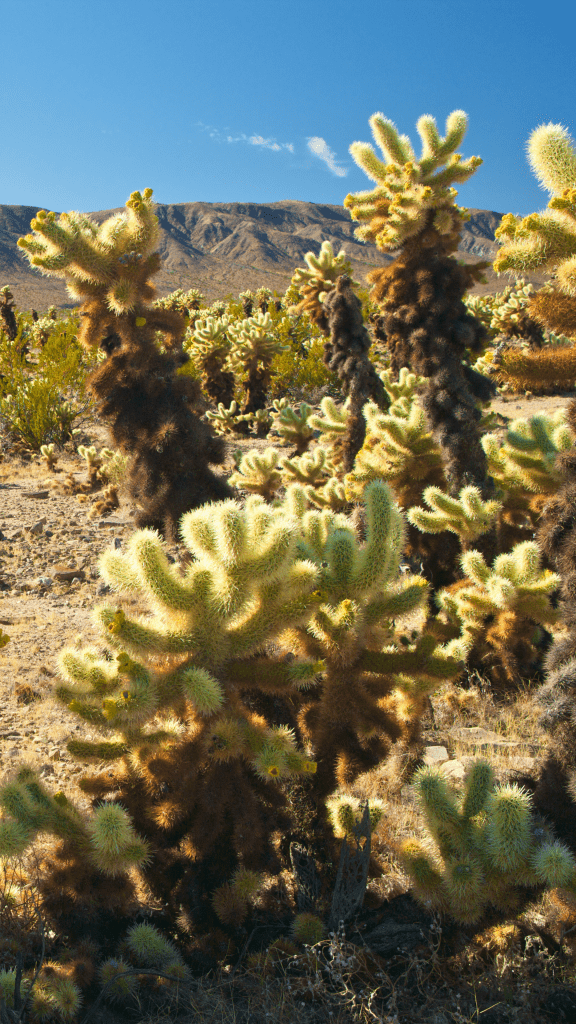
The earth has music for those who listen.
Shakespeare
About the Park
Joshua Tree National Park is unusual and beautiful, where plants and wildlife thrive in harsh conditions. The park’s namesake, the Joshua Tree, is in the agave family and has a distinctive appearance. You will also find herds of desert bighorn sheep, coyotes, and black-tailed jackrabbits as you drive through the unusual rocky terrain. Our favorite area was the Cholla Cactus Garden; you can look, but don’t touch them!
Live it up!
Best Things to do in the Park
- The Cholla Cactus Garden is a special place, but watch for the bees! They were everywhere
- Get a photograph by the unique Skull Rock
- Go to Keys View for panoramic views of the entire area
- Hike the Hidden Valley Nature Trail, which is a 1-mile loop with rocks to climb on
- See an old gold mine at the Lost Horse Mine
- Visit the Joshua Tree Visitor Center for exhibits and park information
Our Visit
The Cholla Cactus Garden was beautiful, but we soon discovered why the sign was posted. There were billions of bees! The problem was getting back in our truck without bringing some unwanted hitchhikers with us! We struggled with this problem. We weren’t the only ones; everyone in the parking lot had a different method of reentry into their cars. It was a funny sight to see!
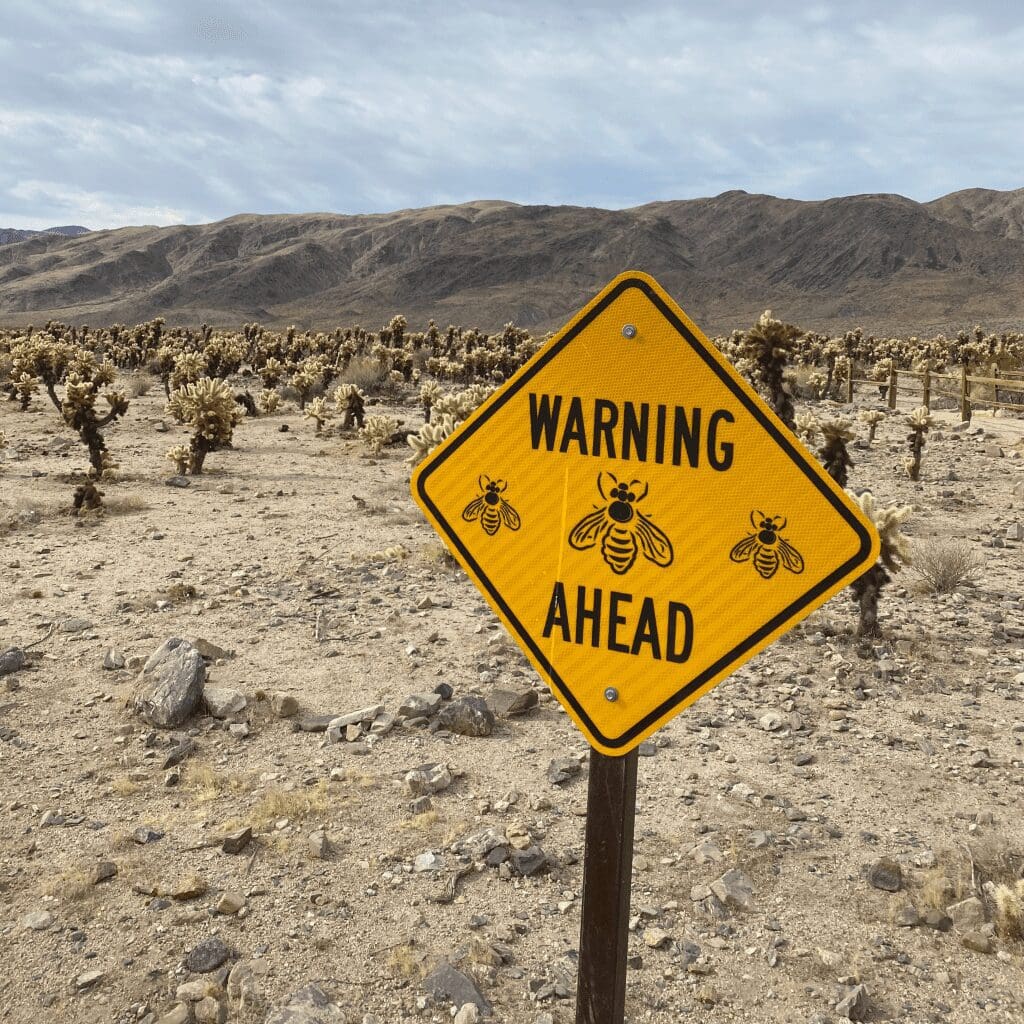
Overview
Year Established
1994
Size of Park
800,000 acres
Annual Visitors
2.99 million
Interesting Fact
The park has two separate and very different desert ecosystems, the Mojave and the Colorado Deserts
Best Time to Visit Joshua Tree NP
We have linked a great website to this button showing the weather for this location by the month. Click below to be taken to Weather-and-Climate.com.
Park Information
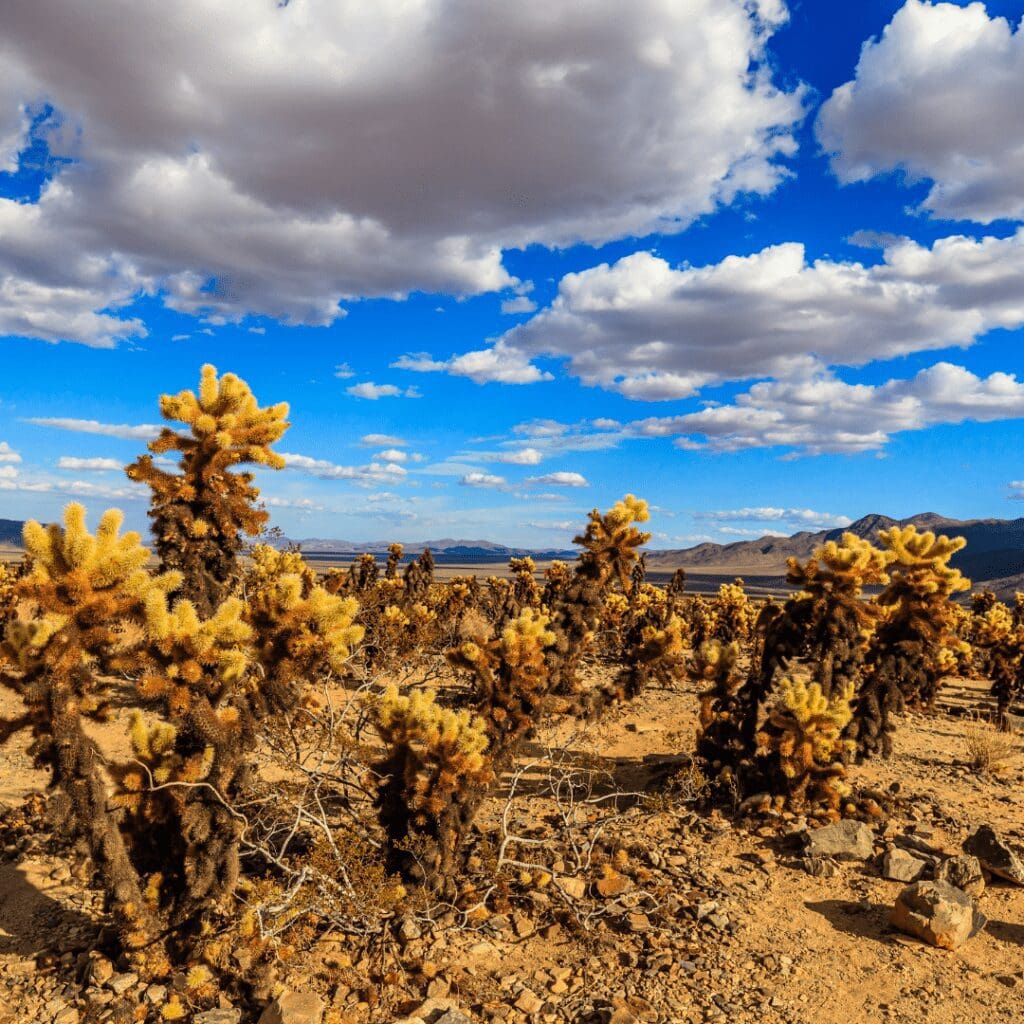
Located near Palm Springs, Joshua Tree National Park is known for its desert landscapes and incredible rock formations. The park’s name has been inspired by the twisted, bristled Joshua trees, a feature of the Mojave Desert Ecosystem.
Spread over 800,000 acres of land, the park is a combination of three distinct ecosystems: the Colorado Desert, the Mojave Desert, and a high-altitude Pinyon and Juniper Tree zone. All these ecosystems create unique biodiversity, including 700 plant species and forty reptiles.
The park’s highlight is its Hidden Valley, an excellent spot for various activities, including picnicking and rock climbing. The park’s wide variety of plants and animal species, along with its rich cultural history and impressive geologic features, create this vast wilderness, one of the best parks in southern California.
Best Hikes in Joshua Tree
The park has around 20 hiking trails that explore its epic landscapes as well as the park’s mining history. Most of these trails are easy, and just a few trails exceed the 5-mile mark. Below are some of the best hikes in Joshua Tree National Park!
Arch Rock Trail
This trail is a little over a mile long and has minimal elevation. With its graceful arch and red rocks, the landscape resembles that of southern Utah. The trail begins as a flat track, and soon it turns pretty adventurous as you will have to scramble around huge rocks. However, despite the bouldering, the trail is easy to manage.
Lost Horse Mine Loop
If you want to hike a longer track and are also interested in exploring the park’s mining history, Lost Horse Loop provides a great chance to do just that! The trail is almost 7 miles long and has an elevation of 268 meters. The 4-mile out-and-back trail takes you to the mine, but you can do the entire loop if you have the energy.
Skull Rock Trail
Joshua Tree National Park is also known for its unique and impressive rock formations, one of which is the Skull Rock. As its name indicates, the rock looks like a skull from a distance, which is both spooky and fascinating.
The trail is almost 2 miles long, and people of all skill levels can trek here. In early spring, you will also witness the native wildflowers growing along the route. The landscape is also made interesting by various shrubs and cacti such as juniper, yucca, and cholla.
Hidden Nature Valley
Hiking this one-mile-long trail can be an excellent way to introduce yourself to the park’s terrain. The flat trail moves across the desert valley floor and is also great for families and children. Hikers can spot various flora, trees, and beavertail cacti along the route. Moreover, there are several monzogranite boulders in the area, which many rock climbers find hard to resist!
Hall of Horrors Trail
One of the most exciting Joshua Tree hikes in the park, the Hall of Horrors Trail is short and loops in and around giant boulders. You can explore boulder openings and chasms, some of which can be quite narrow.
Camping in the Park
There are nine campgrounds inside Joshua Tree National Park, and campers are encouraged to book them beforehand. While campgrounds in most other national parks open up during summer, some campgrounds in Joshua Tree National Park only operate during winter, as summers can be harsh in this region.
Belle Campground and White Tank Campground, along with some sections of Black Rock Campground, Indian Cove Campground, and Cottonwood Campground, close down in the summer. However, Hidden Valley Campground is open year-round. Other campgrounds in the park include Ryan campground, Jumbo Rocks Campground, Sheep Pass Campground, and Cottonwood Campground.
Hidden Valley Campground
Hidden Valley Campground is the most popular in the park because it is located near many climbing sites and hiking trails. The 44 camping sites are dotted with Joshua trees and provide a quiet camping environment.
Even though the campground is first-come, first-serve, due to its popularity, the campsites fill up quickly. Therefore, to get a camping spot here, it is best to arrive early in the week in the high season.
Indian Cove Campground
While this campground lies outside of the entrance gates, it is still part of Joshua Tree National Park. With giant monoliths and small boulders scattered across the valley, the Indian Cove Campground opens between October and May and has around 100 campsites for RVs and tents. It is a lovely campground.
Jumbo Rocks Campground
This is the largest campground in the park and has over 120 sites. The campground is set around huge rocks that have sheer cliff faces. Also, there are some large Joshua trees in the area as well. There are no generators here, and campsites accommodate RVs up to 32 feet long.
Camping options near the park
If you are looking for camping options near the park, you can check out The Castle House Estate and Lovelight Ranch
Best Viewpoints
Keys View
Keys View is quite popular for sunset photography in the middle of the Little San Bernardino Mountains. However, you can experience the viewpoint better during sunrise as the place is relatively quiet. As the sun rises, soft pink light illuminates the Coachella Valley and all the surrounding mountains in the park, creating a stunning illusion.
Ryan Mountain
One of the most famous spots in the park, Ryan Mountain offers a 360-degree view of Coachella Valley and Joshua Tree National Park. Most people hike Ryan Mountain early to catch its famous sunrise. However, this time is also perfect for climbing the mountain during summer as the afternoon sun can be too harsh.
Barker Dam
This is one of those few spots where you witness water in the middle of a desert. Barker Dam offers a welcome respite in the arid landscape of Joshua Tree National Park. This is another excellent place to enjoy the sunrise as there is nothing quite like early morning sun rays hitting this peaceful water body. Barker Dam can dry up due to drought.
Mastodon Peak
In the southern part of the national park, Mastodon peak is found on top of a small hill from where you can have a detailed and clear view of the desert terrain. The hike to the peak is not that long, and you can enjoy some awesome views in the end! As you head back from the peak, you will also pass by an old mine that was shut down long ago.
Getting to the Park
The closest major airport is Palm Springs International Airport (PSP) and is about 50 miles away and Los Angeles International Airport(LAX) is 150 miles away. You can rent cars at either airport to the visit the park. There are 4 towns along the north and west areas of the park to stay, which include Joshua Tree, 29 Palms, Yucca Valley and Pioneertown.
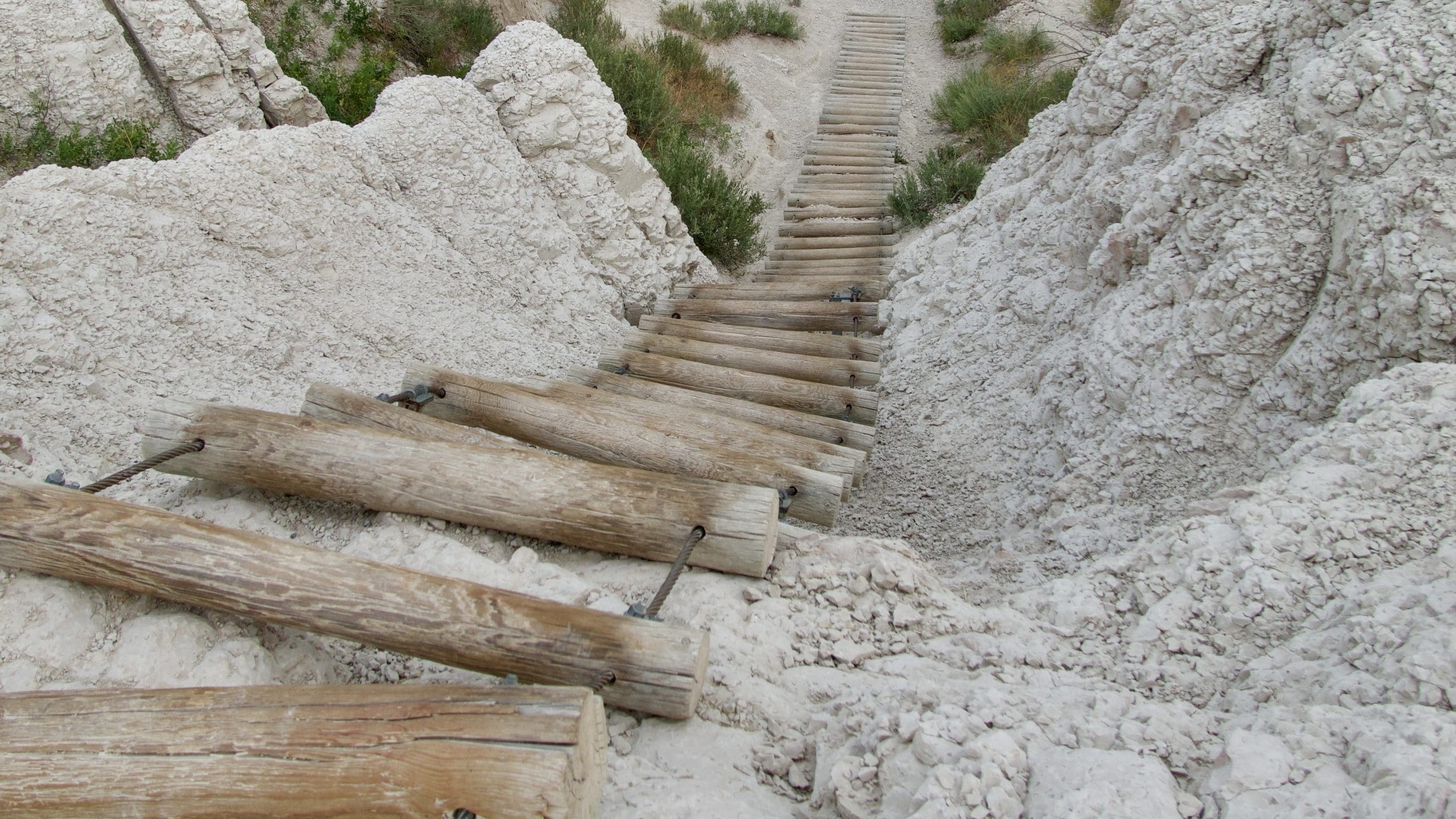
Explore another National Park in the USA
We’ve visited 51 of the 63 parks. Check out our other guides.
